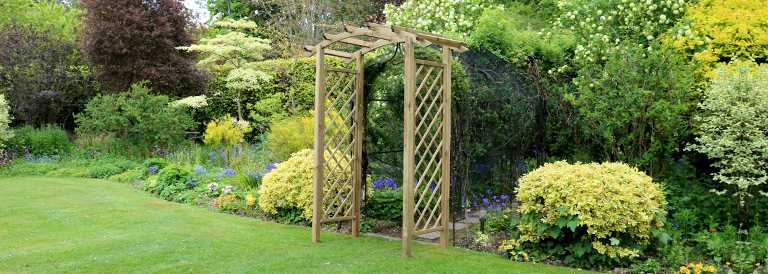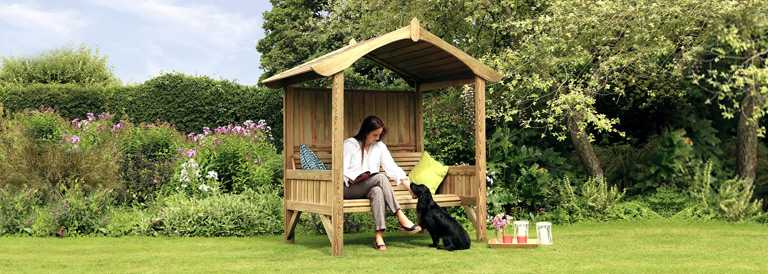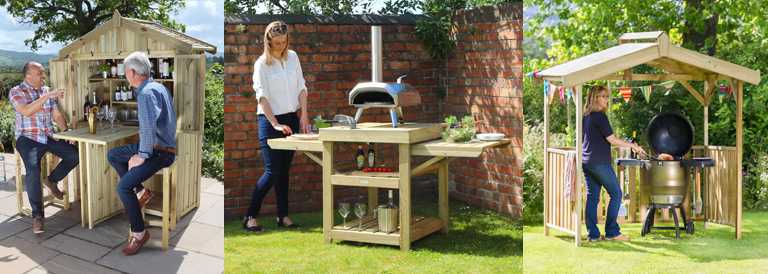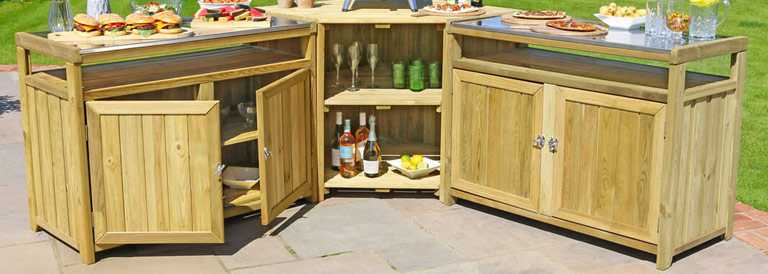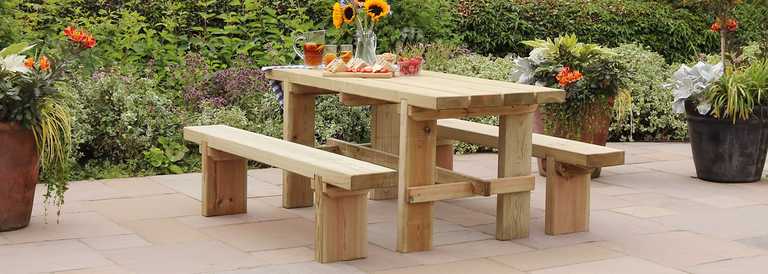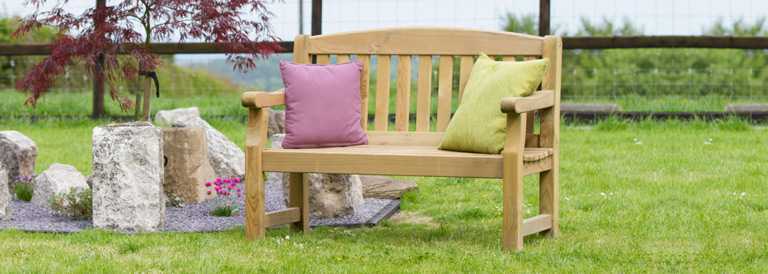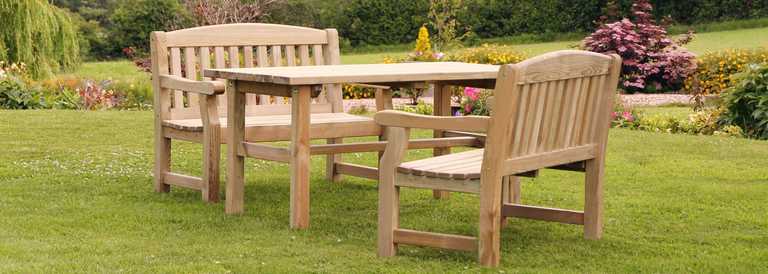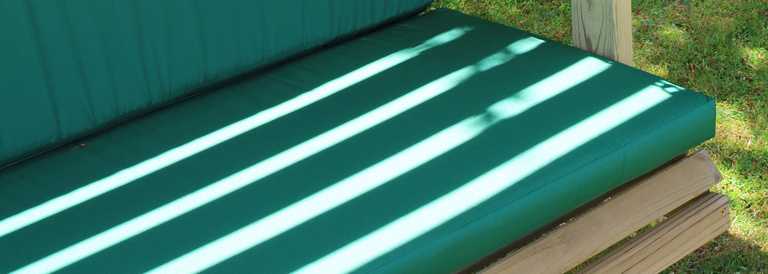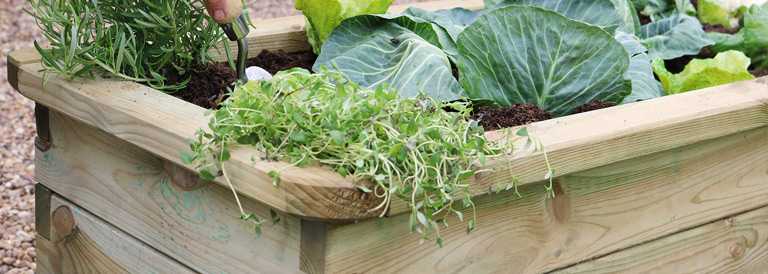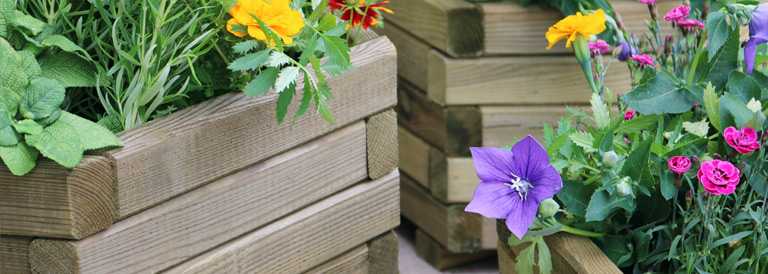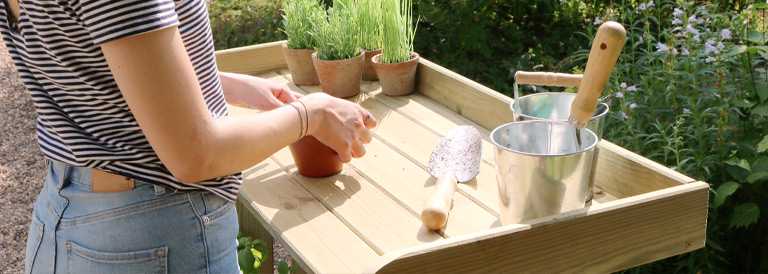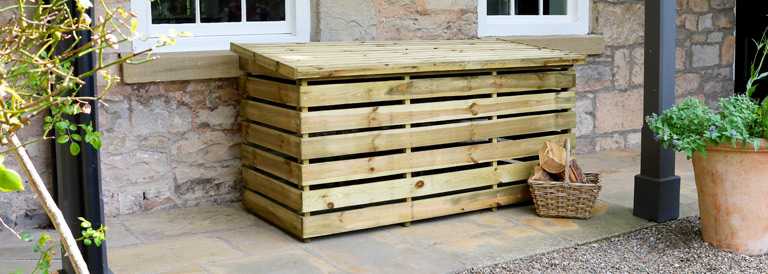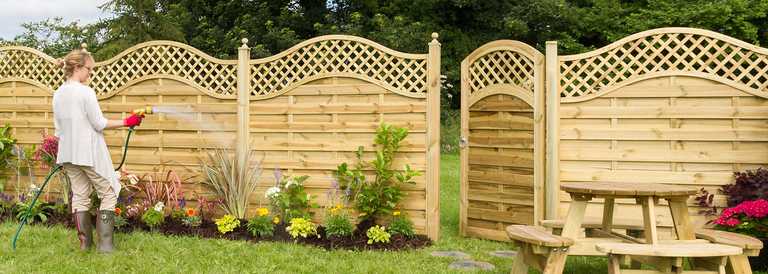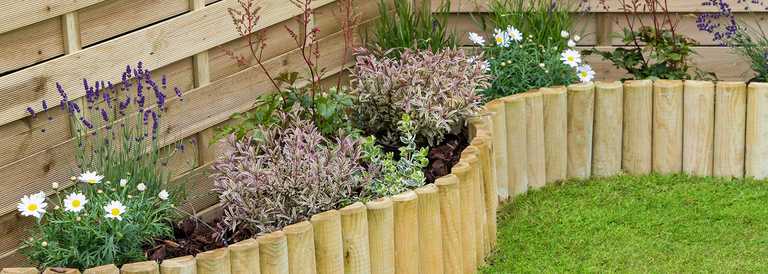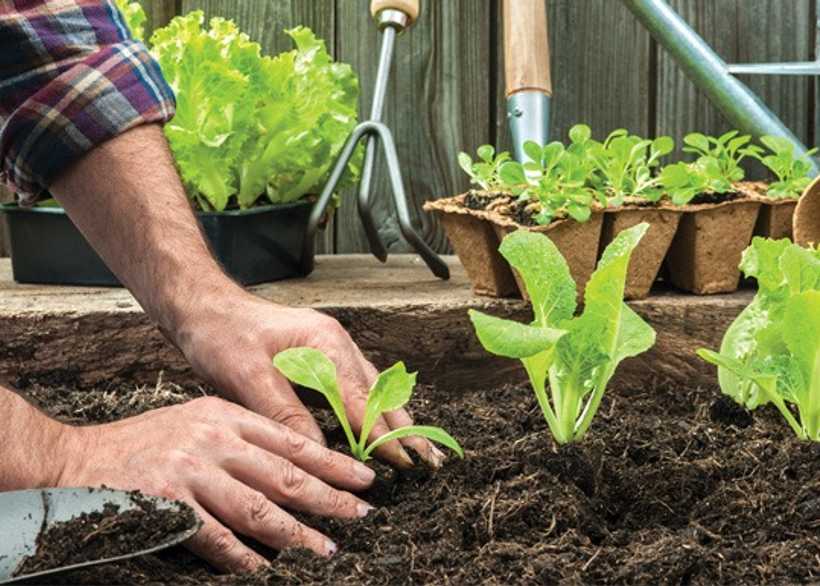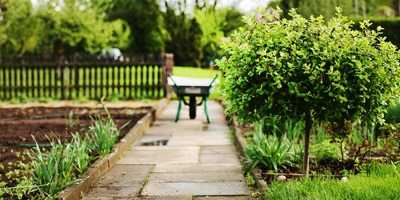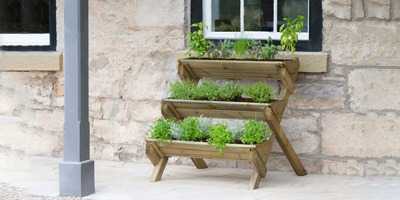With one in six adults now growing their own food1, this garden hobby is definitely a favourite amongst many. With the benefits supporting modern day living it’s no surprise that many are turning their backs on supermarket produce to grow their own. Growing your own fruit and vegetables can help you to save money, it’s kind to the environment and provides you and your family with homegrown food that tastes delicious.
If you’re keen to start growing your own but do not know where to begin, read our useful tips below.
Choose the right spot for your crops
Firstly, you need to decide where you want to plant. Try not to worry too much about the space because as long as there is enough room for the plant’s roots and the spot is bright and airy you will be able to grow. However, we do recommend using about 8 to 10 inches of soil for the best results (the amount of soil is also dependent on what you want to plant).
Whether you have a kitchen windowsill, a greenhouse, or even a planter or vegetable bed, you can grow anywhere. Many gardeners with little or no space are choosing to grow their own in an allotment or shared outdoor space.
What fruit and vegetables should I grow?
There is no right or wrong answer to this question as the choice is yours. Think about what fruit and vegetables you like to eat . However, if it is all still new to you, you should start small. Most herbs varieties, lettuces, tomatoes, cucumbers and strawberries are all easy to start with and they are also quick to grow too.
For a selection of fruit and vegetable and their growing guides, visit Grow Your Own Magazine’s website.
When is the best time to start growing?
Typically, early spring is the best time to plant. However, anytime between May and June is suitable. During the early spring, just be mindful of frost or colder temperatures as this can kill your crops.
Beginners often wonder if they should grow from seed or buy the plant. To begin with, we suggest buying a plant from a local garden centre or nursery to start. Growing from seed isn’t always the quickest way as it can take several weeks before you notice any growth. Seeds are usually cheaper to buy and offer more variety, but it will require more of your time and effort to get them started.
If you do decide to grow from seed always follow the seed packet advice.
Looking after your crops once planted
Once in their new home ensure you provide your crops with enough care and attention. Most fruit and vegetable varieties will strive without much intervention but they will need watering regularly. You should also check the quality of the soil occassionally.
Other grow your own tips you may find useful
- Polythene covers are great for protecting plants from colder weather
- Monitor the weekly forecasts and react accordingly
- Prevent slugs from eating your crops with copper tape to go around your planters or containers
Sources:
1 – http://www.bbc.co.uk/news/uk-18094945
Strictly Necessary
These cookies are required for our website to operate and include items such as whether or not to display this pop-up box or your session when logging in to the website. These cookies cannot be disabled.
Performance
We use 3rd party services such as Google Analytics to measure the performance of our website. This helps us tailor the site content to our visitors needs.
Functional
From time to time, we may use cookies to store key pieces of information to make our site easier for you to use. Examples of this are remembering selected form options to speed up future uses of them. These cookies are not necessary for the site to work, but may enhance the browsing experience.
Targeting
We may use advertising services that include tracking beacons to allow us to target our visitors with specific adverts on other platforms such as search or social media. These cookies are not required but may improve the services we offer and promote.
